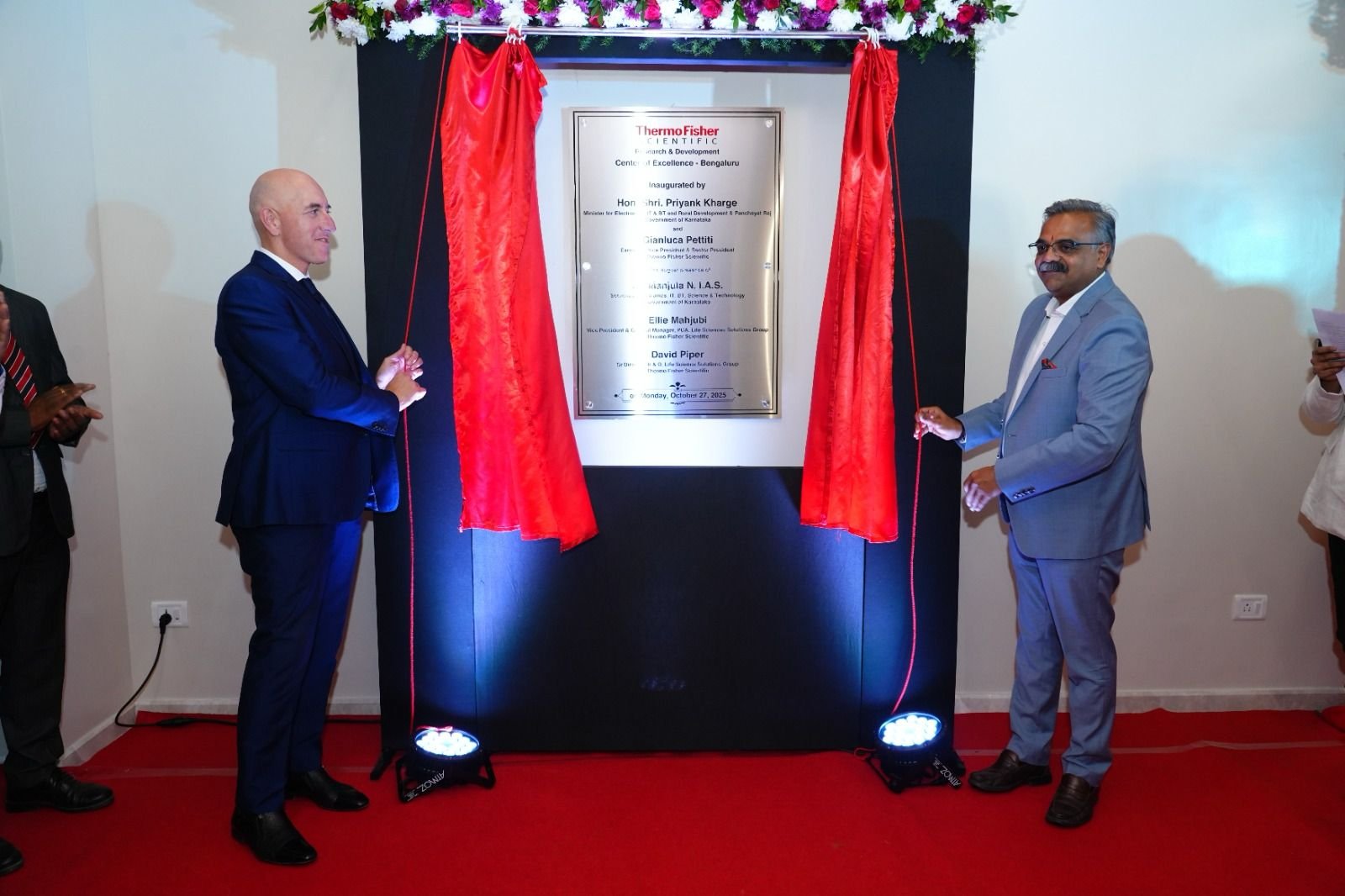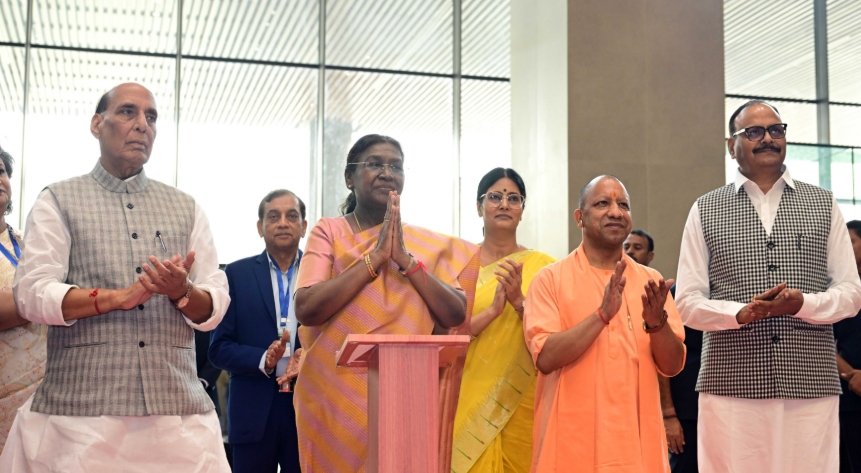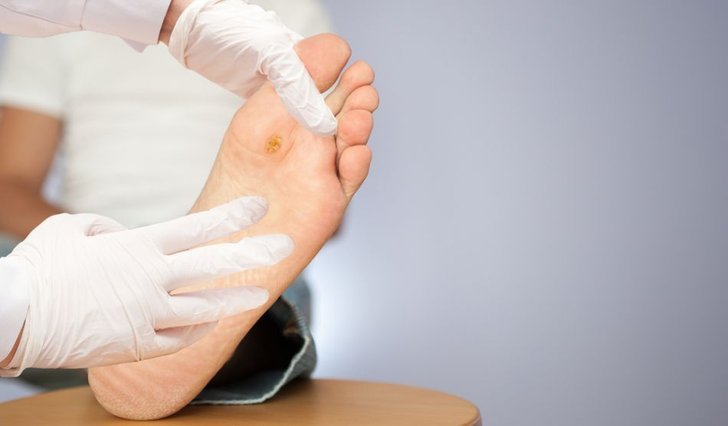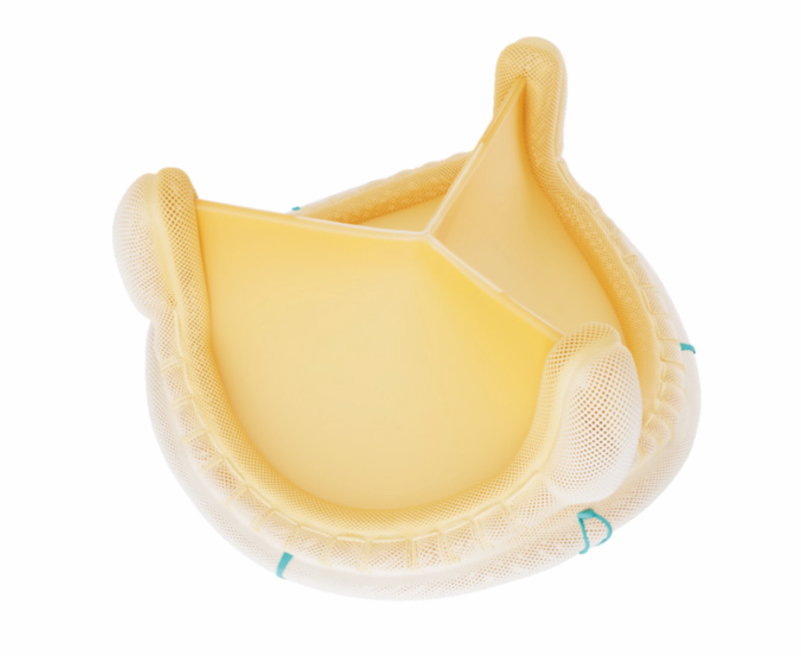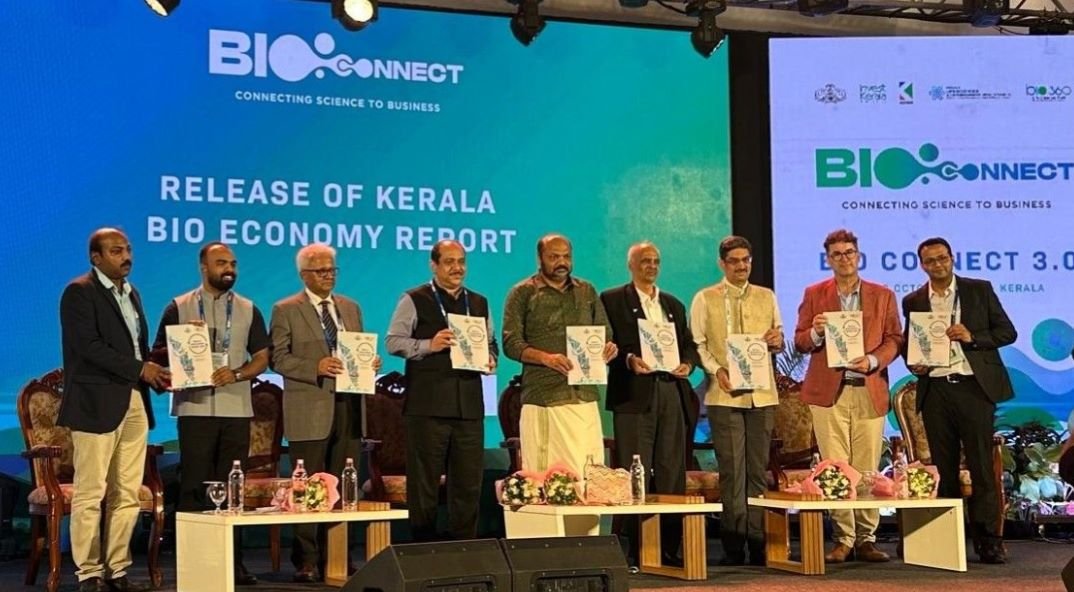Accelerated Reliance on Digital Animal Replacement Tech
July 31, 2025 | Thursday | Features | By Vrushti Kothari
While Europe is talking about non-animal replacement tests to be used for drug development and research purposes, US FDA is acting upon it with a detailed roadmap aimed at rapidly reducing animal testing in preclinical safety assessments. These developments clearly provide huge opportunities for global companies that are developing alternative methods such as organoids, 3D bioprinting, digital animal replacement technology, computer simulation, to name a few. But where does India stand in this regard, and how skilled are we to make this shift?
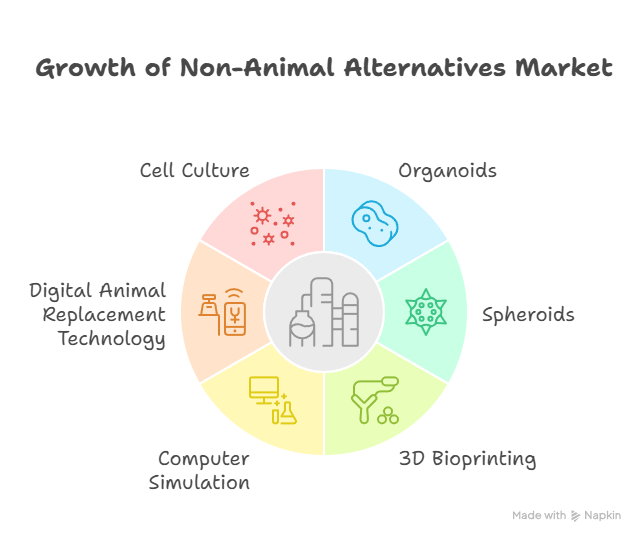
On April 29, the National Institutes of Health (NIH) in the US announced the adoption of a new initiative to expand innovative, human-based science while reducing animal use in research. In particular, the NIH intends to establish the Office of Research Innovation, Validation, and Application (ORIVA) to develop, validate, and scale the use of non-animal approaches across the agency’s biomedical research portfolio and serve as a hub for interagency coordination and regulatory translation for public health protection.
Developing and using cutting-edge non-animal research models very well aligns with the US Food and Drug Administration’s (FDA) recent initiative to reduce testing in animals.
Simultaneously, the European Medicines Agency (EMA) has released a revised draft paper that outlines non-animal replacement tests manufacturers can use to eliminate the use of animals in pharmaceutical testing. Further, the European Commission has confirmed plans to finalise its ‘Save Cruelty Free Cosmetics’ roadmap by early 2026, setting the stage for a gradual transition toward non-animal testing in chemical safety assessments.
Where does India stand in this scenario? Although an amendment to the New Drugs and Clinical Trial Rules (2023), passed by the Government of India in 2023, aimed to replace the use of animals in research, especially in drug testing, not much progress has been made so far. Indian regulatory bodies are still working out ways to strengthen the use of non-animal testing methods in laboratories across the country, as they are aware that completely eliminating animal models may not be a feasible process.
“There are continuous challenges in drug development due to species specific limitations, inadequate mechanistic prediction of human adverse effects by animal models. The concerning high clinical attrition in Phase II & III brings to the demand of developing more human relevant New Approach Methodologies (NAMs) aiming to replace, reduce and refine (3Rs) the animals in research. With continued support from national programmes like Biotechnology Industry Research Assistance Council (BIRAC) and global collaborations, India stands poised to emerge as a leader in NAM-driven innovation, advancing the 3R agenda and reshaping the future of drug discovery and toxicology testing”, said Dr Amit Khanna, Lead Scientist – Integrated Drug Discovery and Development, Yashraj Biotechnology.
New technologies and challenges
The global non-animal alternatives market inclusive of organoids, spheroids, three-dimensional (3D) bioprinting, computer simulation, Digital Animal Replacement Technology, cell culture, is expected to reach $4.08 billion by 2029 at a compound annual growth rate of 12 per cent. As a result, we see a rise in new initiatives by a number of companies across the world including India.
Recently, Hyderabad-based biotech startup Transcell Biologics announced a strategic investment from award-winning AI-first engineers, Quantiphi Inc, based in Boston. This investment aims to support expanding the client base and implementation of Digital Animal Replacement Technology (DART) as an Enterprise Solution for the global bio and pharmaceutical industry.
DART embodies an innovative leap forward in animal-free testing methods, fusing human MicroPhysiological Systems (hMPS) technology with AI/ML embedded in silico platform configurations to streamline and automate the bioassay processes producing statistically compliant reports.
According to Dr Subhadra Dravida, Founder and Chief Executive Officer of Transcell Biologics, “The implementation of DART has gained significant traction in the Indian market, with leading biopharmaceutical companies already adopting this Enterprise Solution in their high-impact programmes. DART represents a significant breakthrough in revolutionising drug and vaccine testing.”
Focusing on another non-animal testing alternative, Visakhapatnam-based startup Oncoseek Bio, innovating organoid and spheroid-based in vitro models to expedite the drug discovery process, has organised international conference last year on 3Rs with global researchers from academia and industry communicating the research trends in non-animal alternatives.
Further, researchers of Post Graduate Institute of Medical Education & Research (PGIMER), Chandigarh have come up with a prototype for establishment and characterisation of novel self-organising neurovascular organoids/ embryoids (NVOEs) entirely from autologous blood without any genetic manoeuvring or morphogen supplementation.
These organoids that can help to reduce and replace animal testing in research, are being developed to understand the genetic basis of neurosensory hearing loss and auditory comprehension challenges.
“Emerging human-relevant models such as the organoids, organ-on-chips, 3D bioprinted tissues, and spheroids show promise by capturing snapshots of human physiology including personalised genetic variations. Often, they leverage patient-derived cells to offer an accurate understanding of diseases and drug responses. While there is a global effort to advance these technologies for translational research, in India, a major challenge is the scarcity of highly skilled professionals. There is a dire need for indigenous skill development programmes to train next-generation scientists, leaders, and entrepreneurs in human-relevant technologies”, said Tejaswini Dhurde, Senior Science Communicator, Centre for Predictive Human Model Systems, Atal Incubation Centre-Centre for Cellular and Molecular Biology (AIC-CCMB).
To further understand the challenges associated with the utilisation of non-animal testing alternatives, the Nanomedicine Research Group at the Institute of Chemical Technology (ICT), Mumbai organised a 3D cell culture workshop and conference in 2024. The four-day workshop covered emerging technologies such as organs-on-chip, and 3D bioprinting mimicking organ function. A similar workshop was held in March 2025 at the National Institute of Pharmaceutical Education and Research (NIPER) in Ahmedabad.
“Interaction with participants enabled us to understand the growing interest of the country’s pharmaceutical sector and contract research organisations (CROs) to explore suitable non-animal models. Participants’ interest in organ-on-chip, other 3D culture methods, and also their demand for continued skill development opportunities and networking platforms where Indian and international academicians, industries and regulators could regularly interact, is in line with the government’s recent interest in this field", said Prajakta Dandekar, Assistant Professor, ICT Mumbai.
Few other startups like Next Big Innovation Labs and Avay Biosciences are offering hands-on and foundational courses on 3D bioprinting. Leveraging the potential of this new technology as a non-animal testing alternative, researchers at the Sree Chitra Tirunal Institute for Medical Sciences and Technology (SCTIMST), in Thiruvananthapuram, have built India’s first patented indigenous bioink designed for advanced 3D bioprinting technology.
“From cellular based research to developing 3D printed tissues and disease models for regenerative medicine and drug testing, 3D bioprinting has emerged as a remarkable tool for a wide range of applications in the healthcare industry. Despite exponential growth, the industry players need to address challenges associated with it such as scalability, vascularisation, post printing edits etc.”, said Satyajit Shinde, Consultant, Roots Analysis.
All this may sound substantial, but we are merely scratching the surface. There is indeed a need to increase innovative training programmes to enable transdisciplinary research in human-relevant technologies, to reduce the dependence on animal testing within the life sciences sector. Human-relevant science in the country can emerge as the next superpower accelerating healthcare for all.
Vrushti Kothari
(vrushti.kothari@mmactiv.com)



